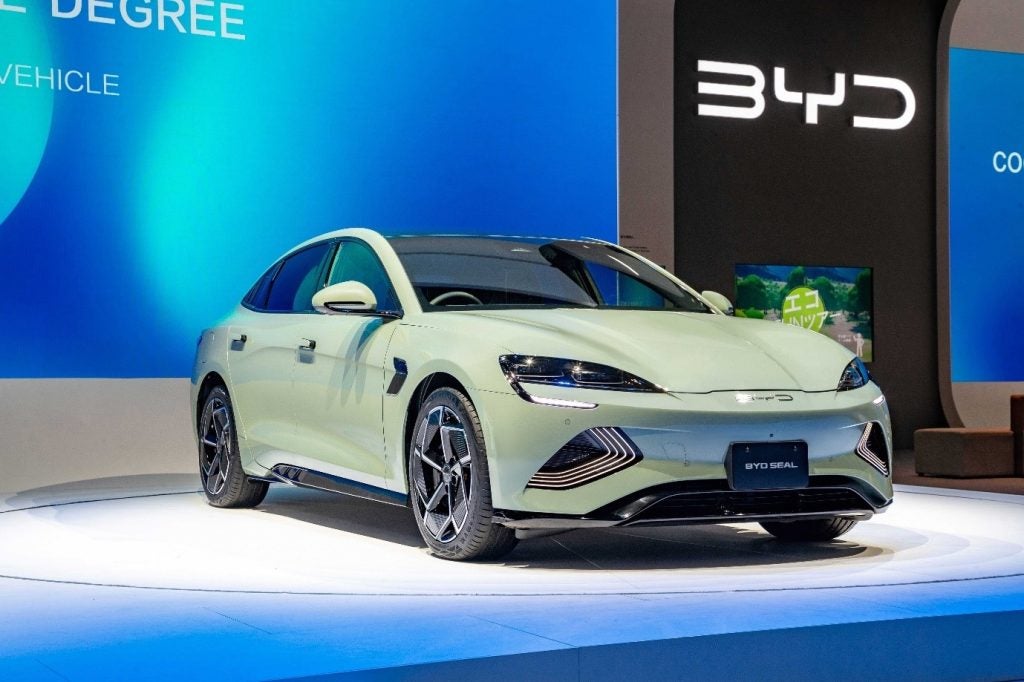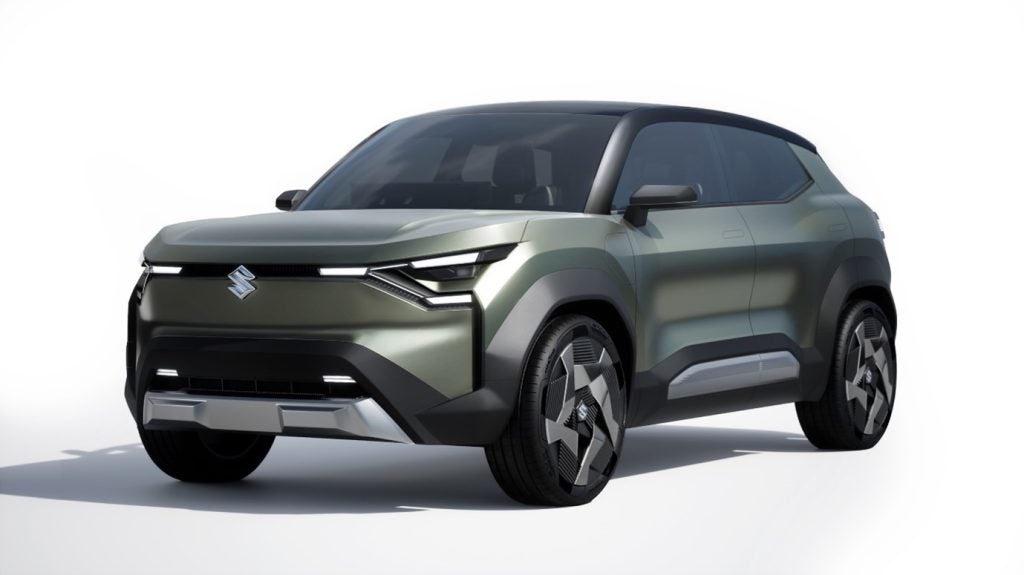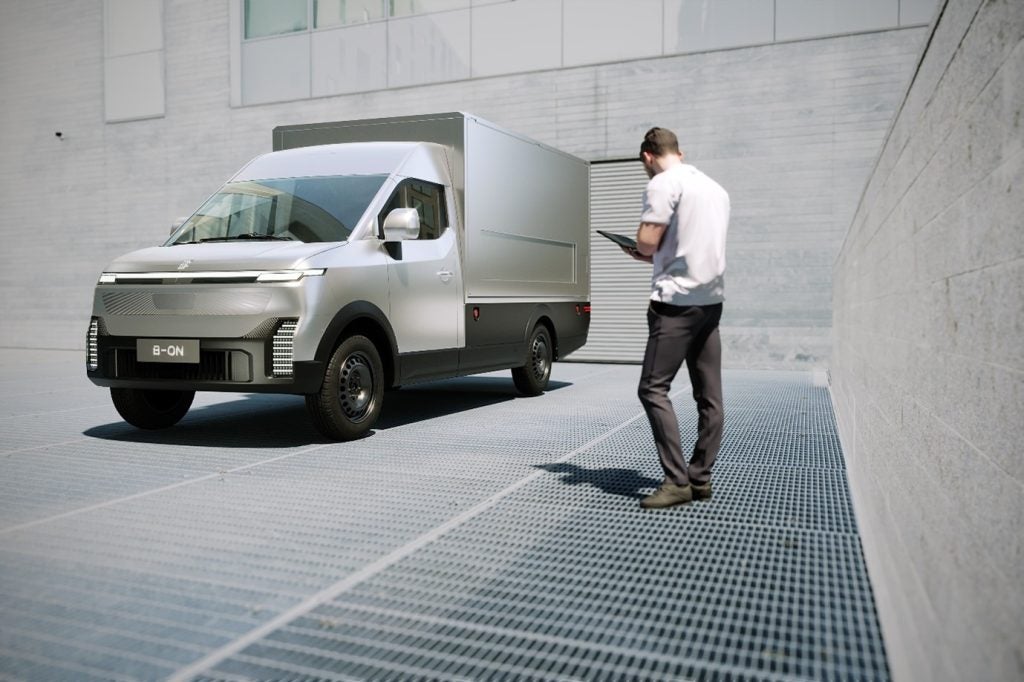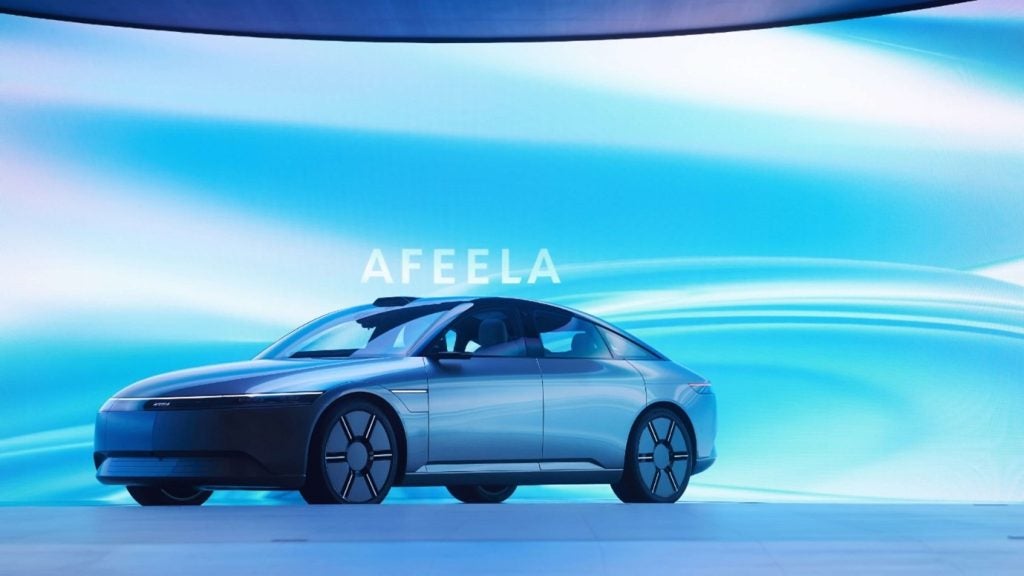
The Tokyo Motor Show returned this year with a fresh look, having rebranded as the Japan Mobility Show. This year’s theme was ‘the future of cars’, offering automakers and suppliers ample canvas for their ideas about tomorrow’s automotive trends.
When the show first launched in 1954 in Hibiya Park, Tokyo, being able to purchase a car was a “dream” for Japanese consumers. At this year’s show, there were plenty of Japanese automakers showcasing their designs and concepts.
Nissan all-electric Hyper Urban
In the weeks leading up to the Japan Mobility Show, Nissan announced it would be digitally unveiling a series of vehicles. In total, the Japanese automaker showcased four concept vehicles, with the first being its Hyper Urban concept.
The eye-catching passenger car sported an angular body, which Nissan said made a “bold statement.”
The Hyper Urban has a vehicle-to-home (V2H) function, which Nissan said will enable energy cost savings and reduce strain on the power grid.

US Tariffs are shifting - will you react or anticipate?
Don’t let policy changes catch you off guard. Stay proactive with real-time data and expert analysis.
By GlobalDataIt features front and rear scissor doors and an interior designed to “blend in with urban living spaces.” The instrument panel and display can be customised according to the owner’s mood.
In a further nod at how the traditional motor show is changing, Nissan’s concept vehicles were displayed in digital – rather than physical – form.

BYD Seal
BYD was the first Chinese automaker to take part in the Japan Mobility Show, exhibiting five of its New Energy Vehicle (NEV) models, including the Seal which is set to launch in Japan in Spring 2024.
Liu Xueliang, General Manager of BYD Asia-Pacific Auto Sales Division, said, “For 28 years, BYD has been unwavering in its commitment to technological innovations and its green dream.

Suzuki eVX SUV
The eVX SUV is Suzuki’s first EV and made its world premiere at the Auto Expo in India in January this year.
The eVX is a BEV model that combines Suzuki’s 4×4 DNA with the “advanced” features of the latest BEVs and aims to “carry forward the brand’s 4×4 legacy into the new electric era to deliver a true Suzuki SUV driving experience,” the automaker says.
It has a battery capacity of 60kWh and a range of around 500 km. Market entry is scheduled for 2025.

Hino Motors Profia Z-FCV Prototype
The Toyota Motor Corp subsidiary showcased its heavy-duty fuel cell truck, which was developed by Hino and Toyota Motor.
It incorporates the Toyota fuel cell system with an AC synchronous motor, large high pressure hydrogen tanks and a lithium-ion battery to deliver a driving range of roughly 600km.
With heavy-duty trucks often used for highway transportation, Hino says it aims to achieve “high levels of utility and environmental performance” as commercial vehicles, including capacity and mileage.
Total vehicle weight is 25 tonnes, and its hydrogen tank is 70 MPa.

BMW iX2
BMW unveiled its first-ever BMW iX2 in a world premiere at the Japan Mobility Show. The all-electric variant of the X2 features two integrated drive units which generates a system output of 230 kW/313 hp and system torque of 494 Nm.
The iX2 xDrive30 accelerates from 0 to 100 km/h (62 mph) in 5.6 seconds on the way to a top speed of 180 km/h (112 mph).

MIH and B-ON’s Pelkan eLCV
Mobility in Harmony (MIH) and B-ON said they will develop their partnership to “provide shared solutions for fleet customers.”
The firms made the announcement at the Japan Mobility Show. Bruno Lambert, CEO of B–ON, said: “I predict that this is only the beginning of a much larger symbiotic cooperation between us.”
B–ON’s next-generation “Pelkan” 100% electric light commercial vehicle (eLCV) and smart package dispenser technology will complement MIH’s last mile delivery and software solutions.
The Pelkan features a payload of 1235kg, with a maximum torque of 256 Nm and a range of around 250km.

Toyota Land Cruiser Se
This concept car previewed an all-electric Land Cruiser, which Toyota said is an ‘elegant, stylish design.’ It features a modern angular design and has a BEV powertrain.
Toyota said that it has broadened the Land Cruiser’s brand appeal with its a three-row SUV that caters to “the world’s diverse needs”.
It also said that the Land Cruiser Se’s “monocoque body also offers highly responsive handling and confidence in tackling rough terrain”.

Cruise Origin
Earlier this year it was announced that Cruise, GM and Honda had formed a JV for driverless ride-hail in Japan, expected to launch in 2026.
The autonomous vehicle has the capacity to hold up to six passengers.
The Cruise Origin was displayed for the first time at the Japan Mobility Show.
When it was JV was announced, Toshihiro Mibe, Global CEO of Honda said: “Providing this service in central Tokyo where the traffic environment is complex will be a great challenge, however, by working jointly with Cruise and GM, Honda will exert further efforts to make it a reality.”

Sony Honda Mobility’s Afeela prototype
It should come as little surprise that joint venture Sony Honda Mobility showcased a prototype that boasts a high degree of tech.
The Afeela prototype will feature including AD/ADAS which combines Sony’s sensor technology and Honda’s safety tech.
The JV wants to develop level 3 autonomous driving optimised for specific conditions and driving assistance features such as level 2+ autonomy for varying conditions.
The Afeela prototype is equipped with 45 cameras and sensors inside and outside the vehicle, together with 800 TOPS of maximum computing power.




